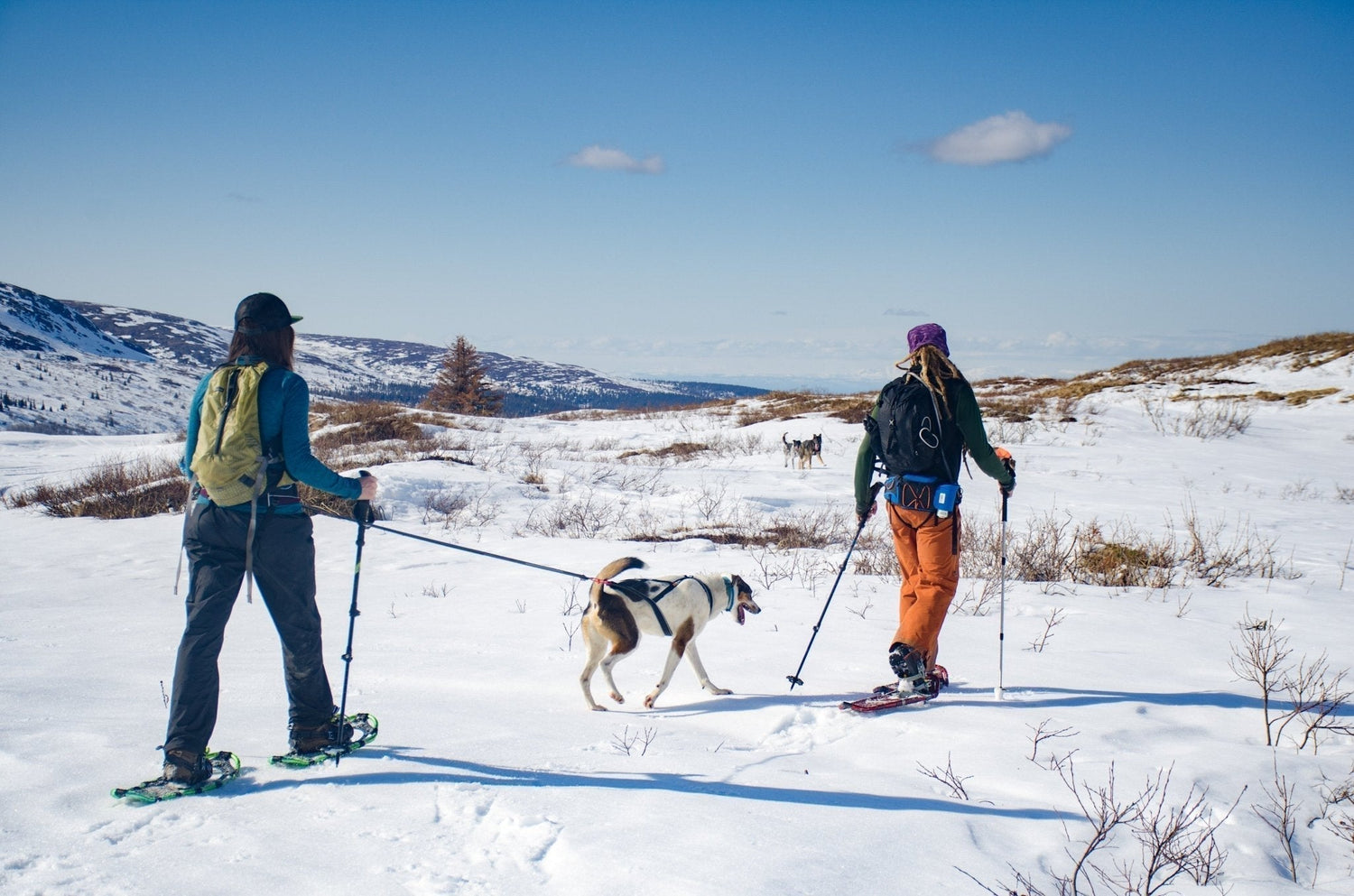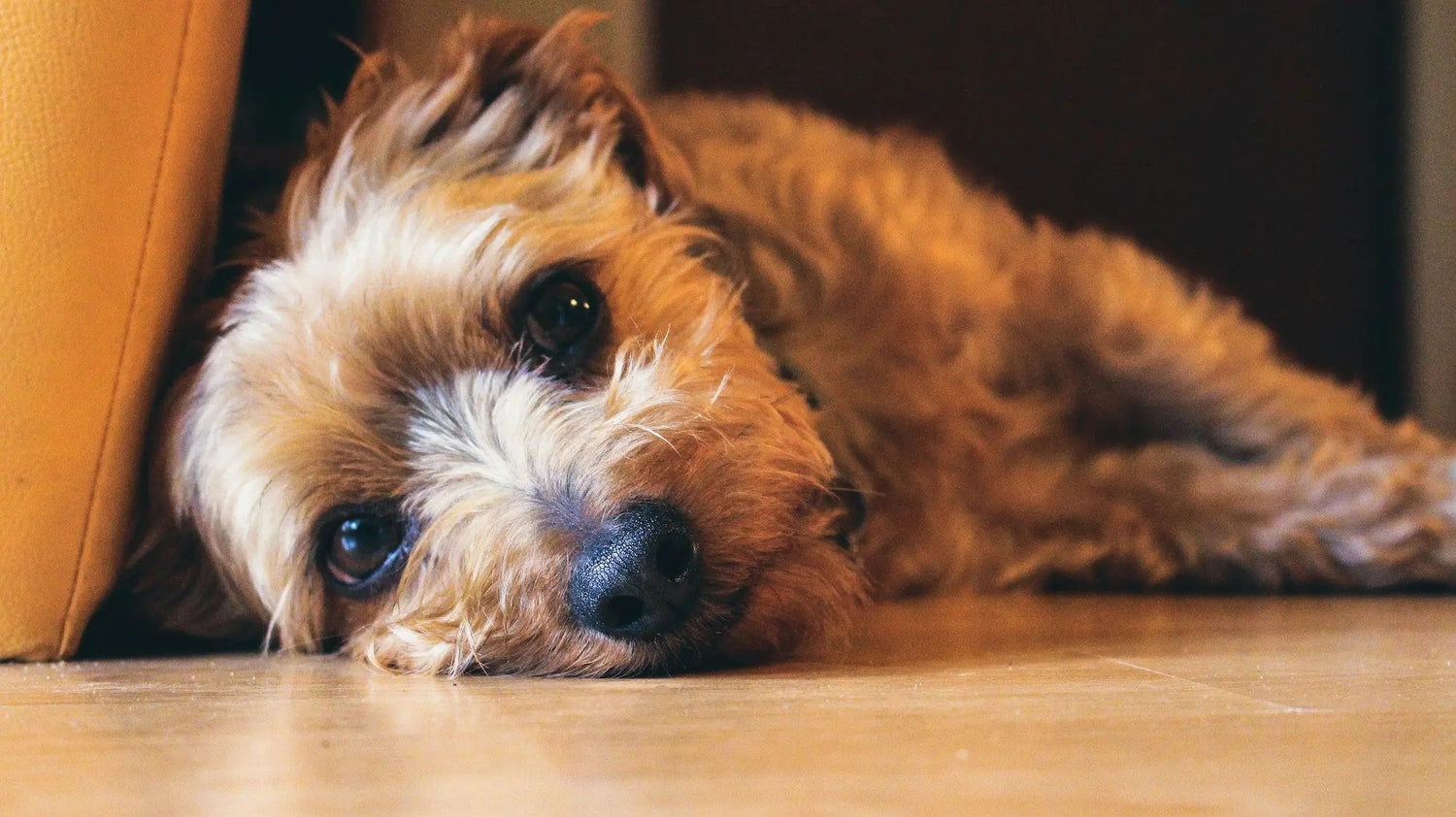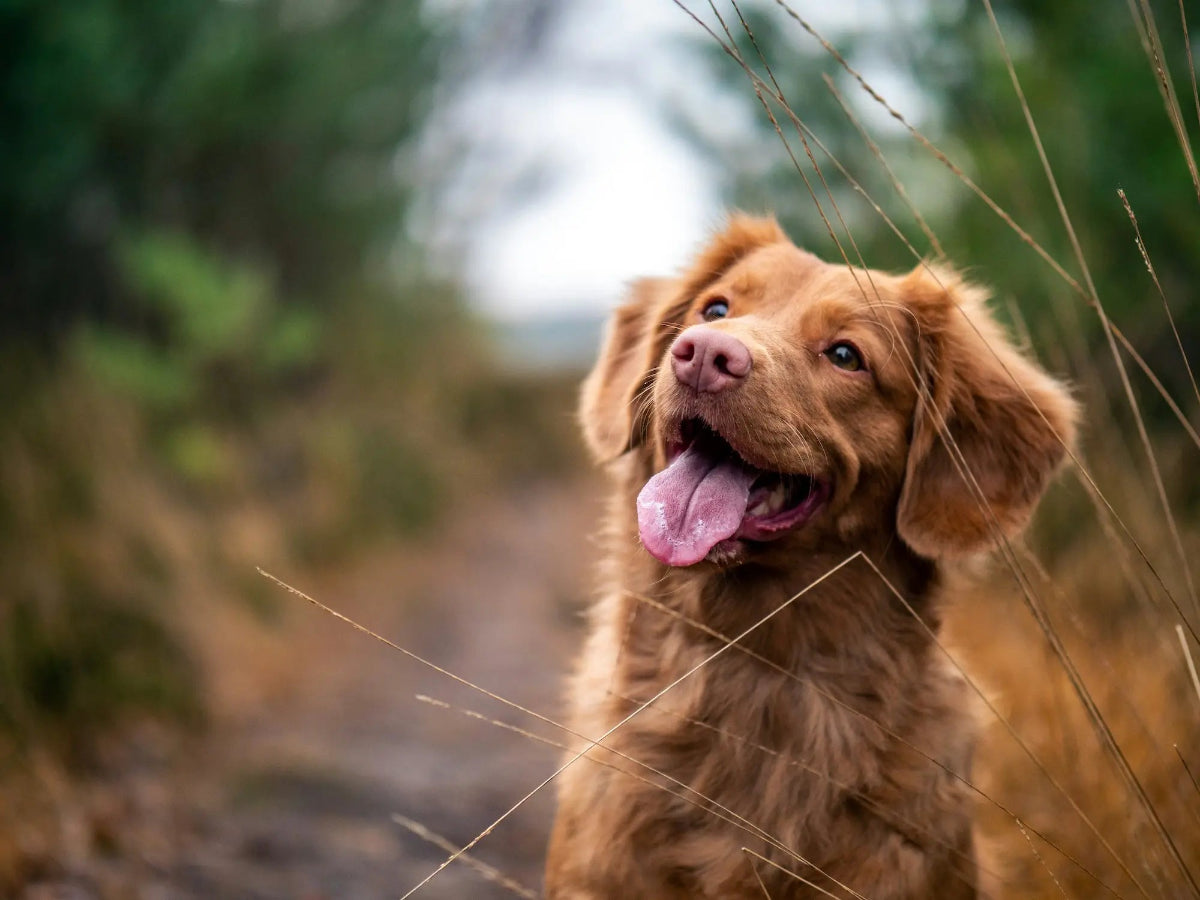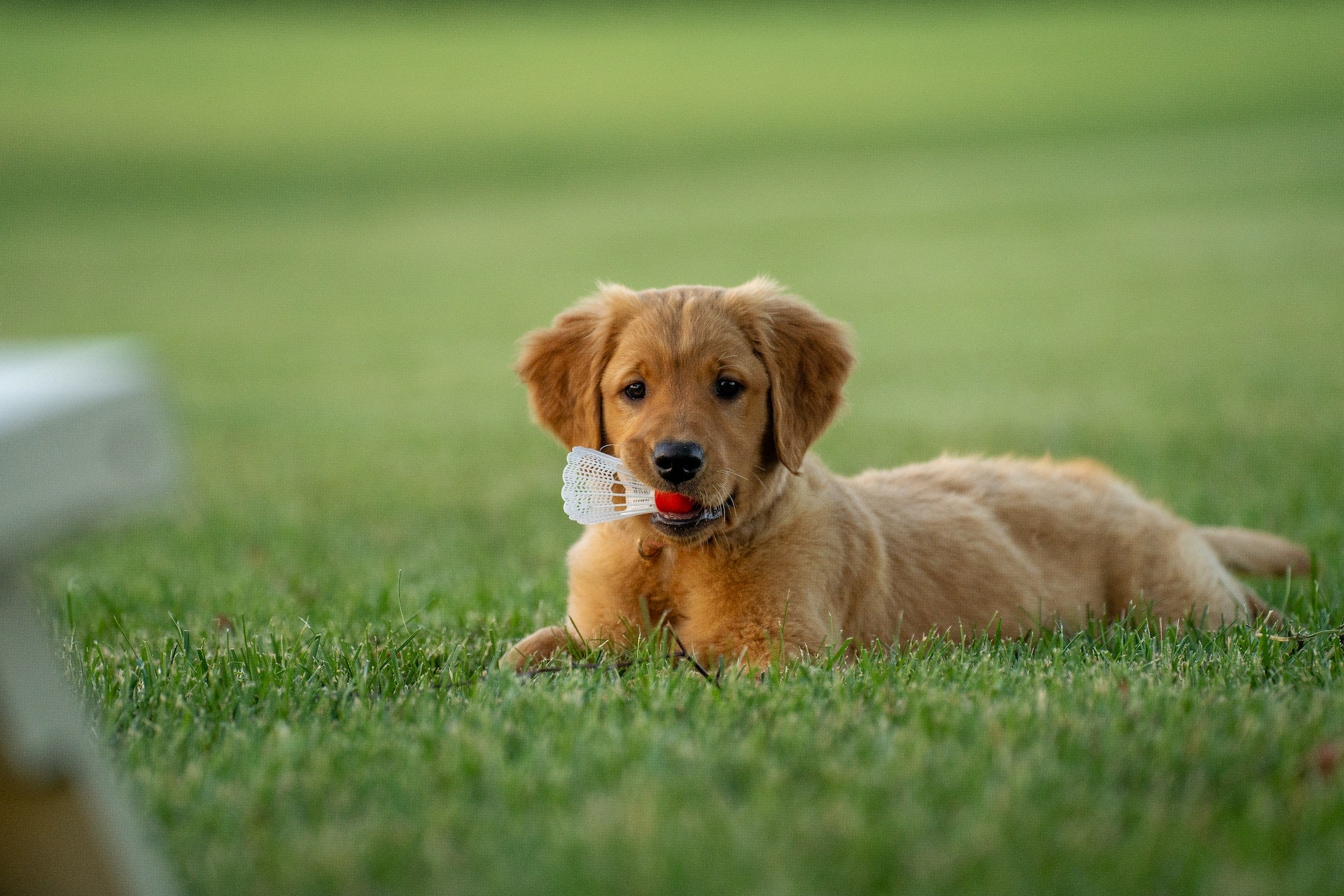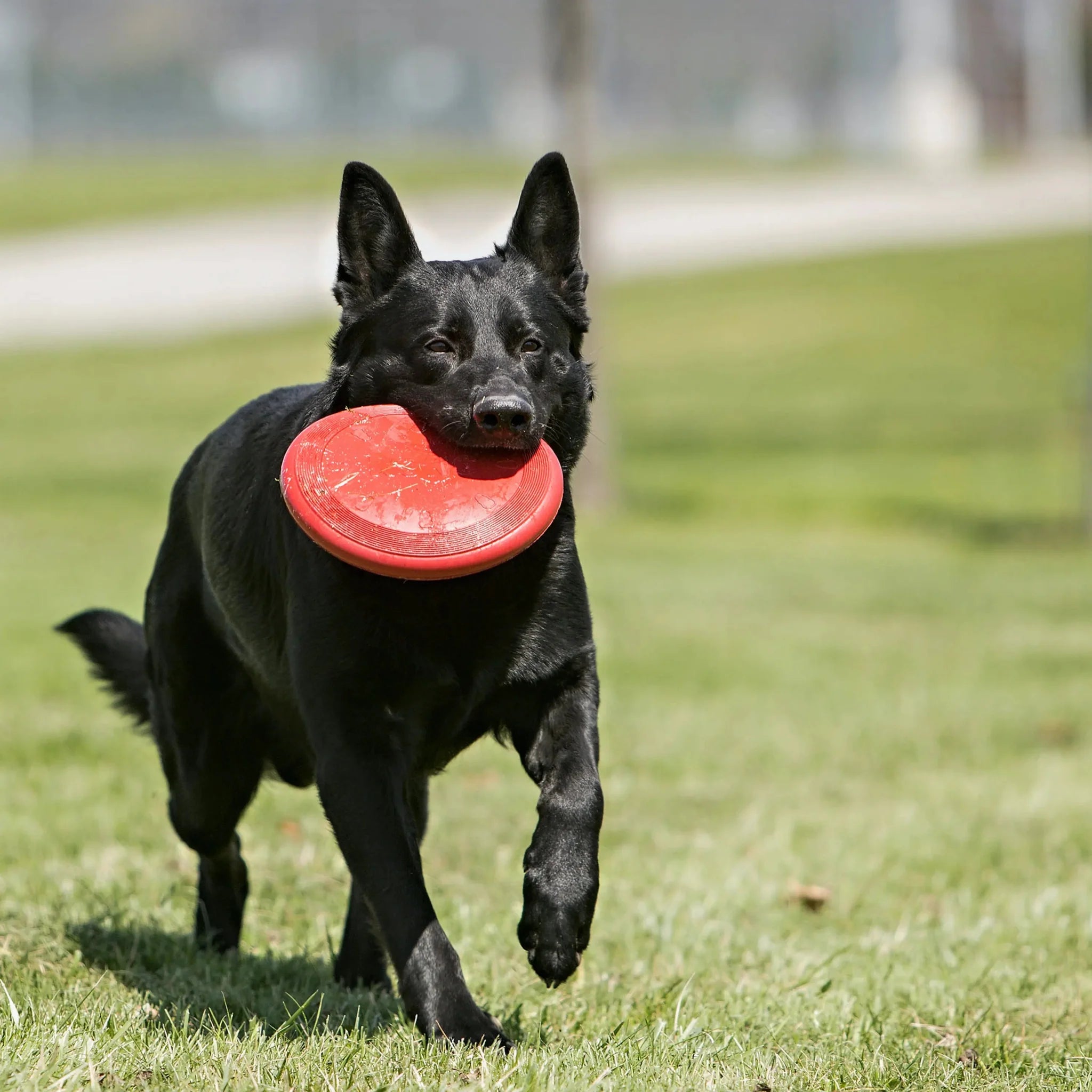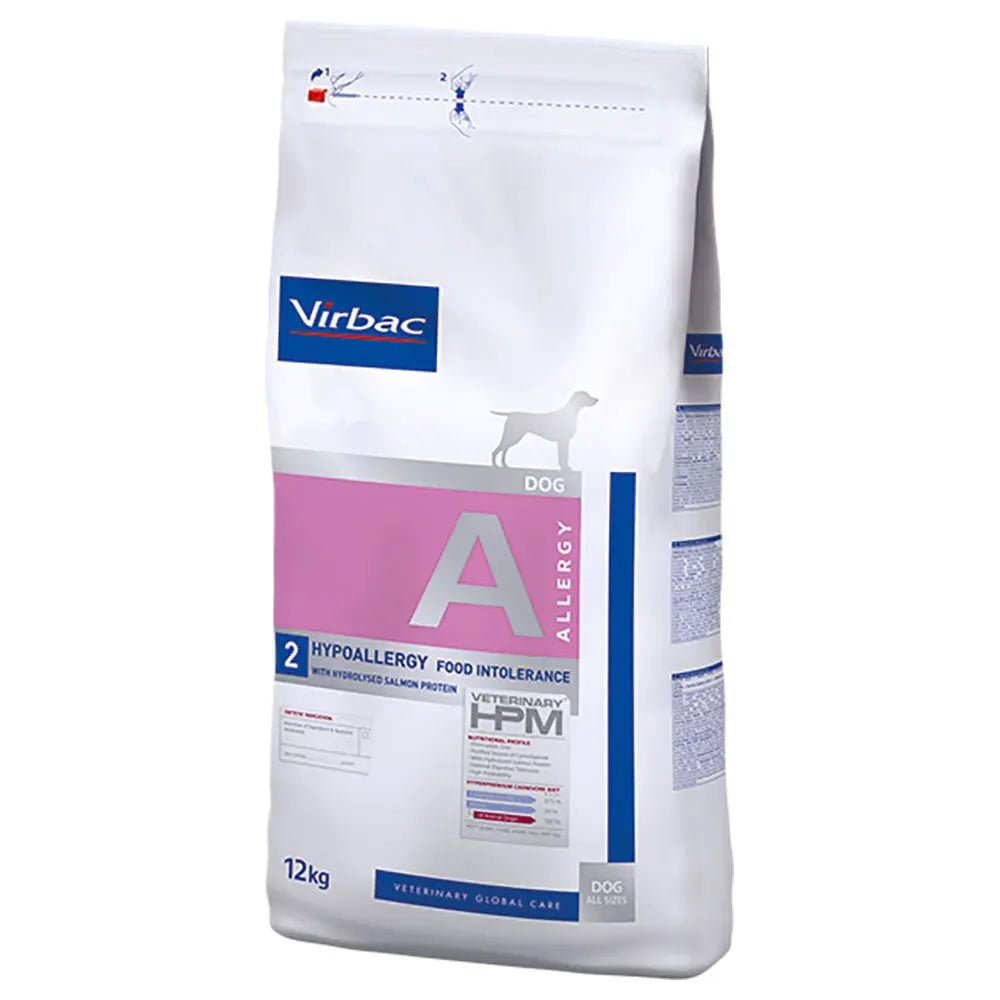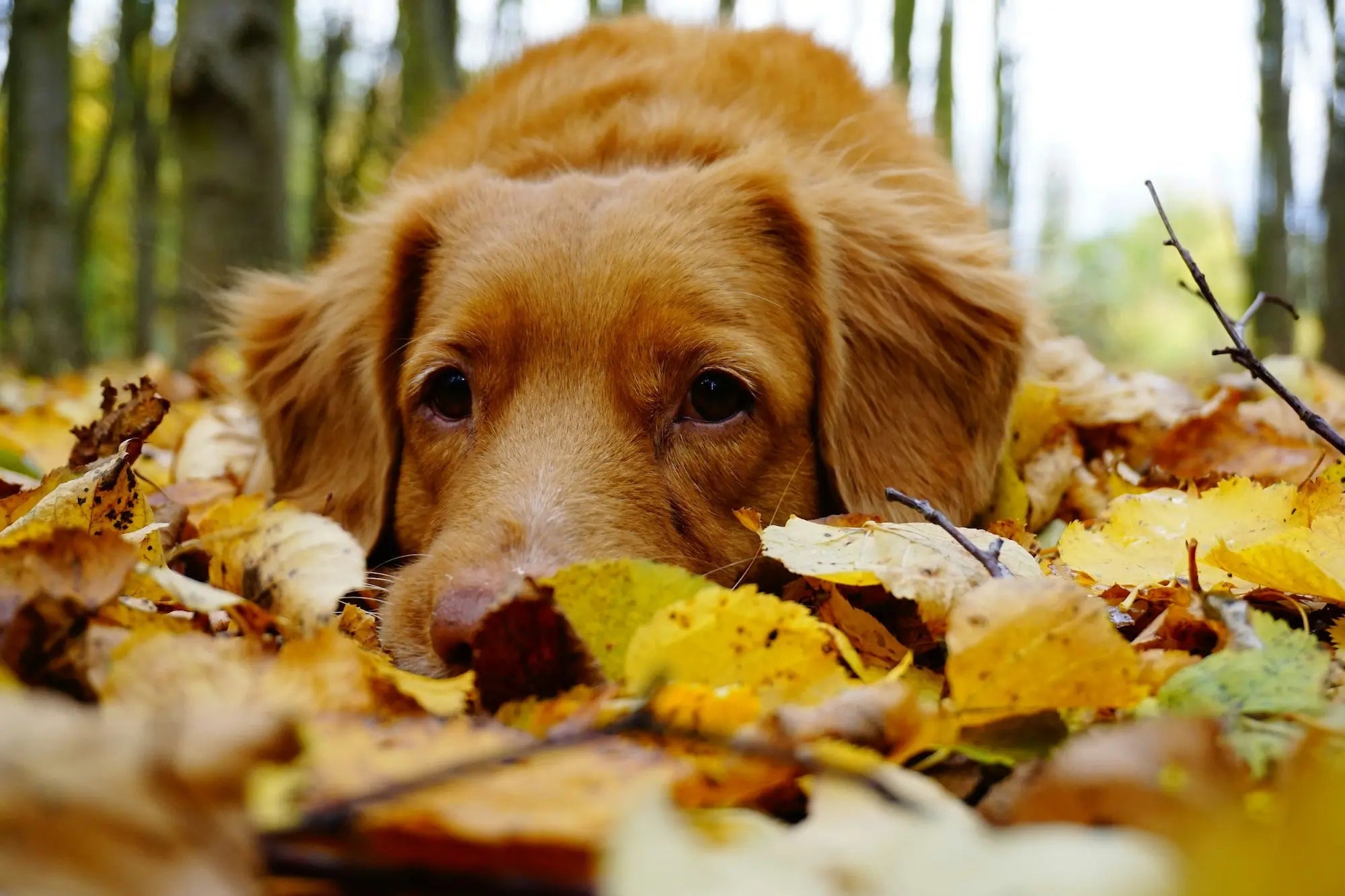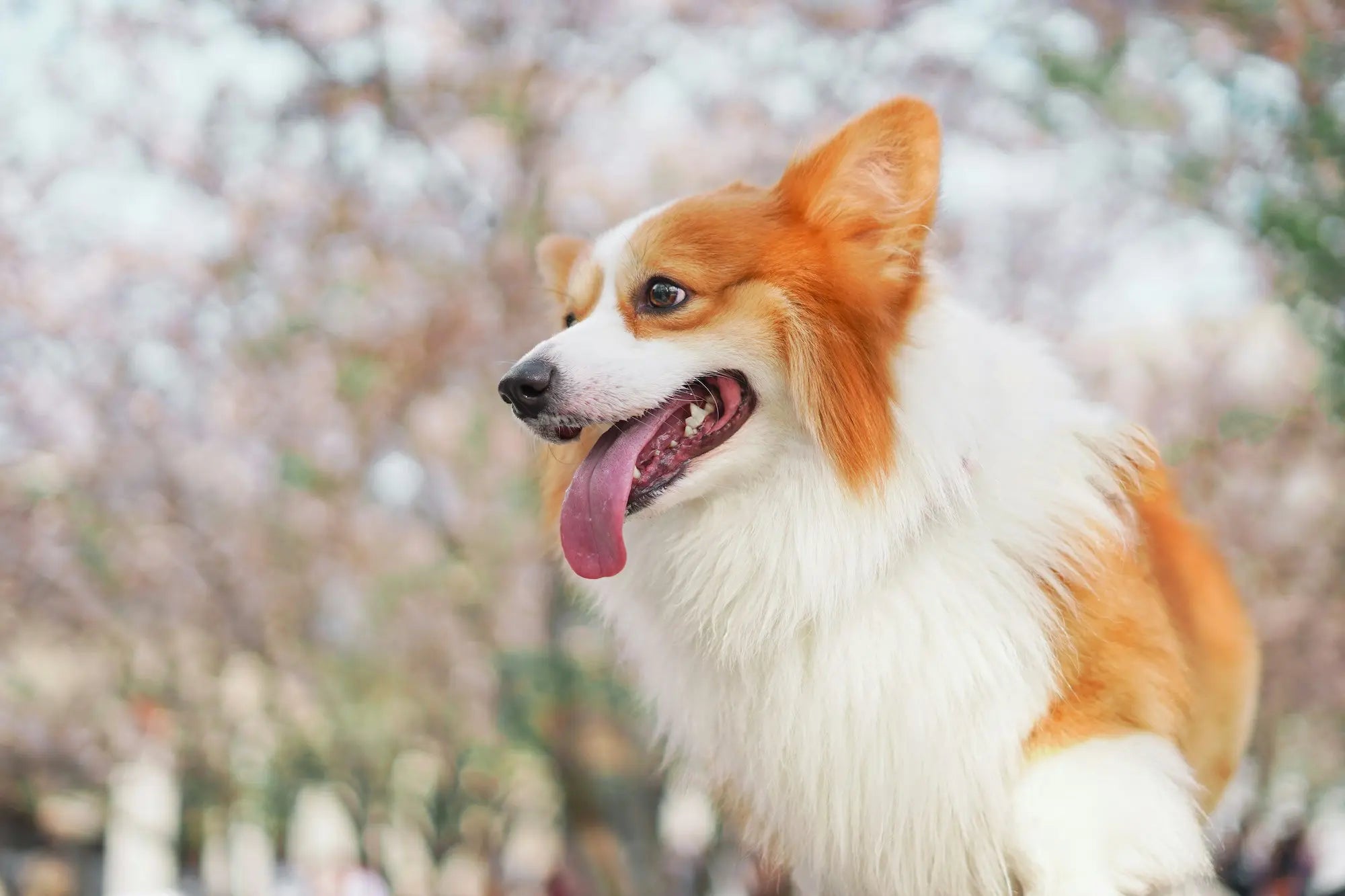Of course, you want to take your dog with you in the car, whether it's to run some errands or go on a road trip. However, there are some guidelines to follow when taking your dog in the car . You need to secure it well, and when you're out and about with your dog, it's important to keep track of national rules for taking dogs in the car.
Securing a dog in a car
Securing your dog while driving is one of the most important rules for dogs in cars . It is mandatory to secure all cargo that you bring in the car – and this includes your four-legged friend. You can either keep your dog in a transport cage in the trunk, or secure it in another way in the back seats. For example, use a car harness or a dog seat belt.
Properly securing your dog not only makes car travel comfortable and safe for him, it also protects you. In the event of a car accident, an unsecured dog will cause significant damage. Let's illustrate: A Jack Russell Terrier weighs approximately 6 kg and would weigh 768 kg in a crash at 100 km/h. A German Shepherd increases in weight from 30 kg to 3,840 kg if the car crashes while driving at 100 km/h. This emphasizes the importance of using a cage or seat belt when traveling with your furry friend.
Can I get a fine for having a loose dog in the car?
In principle, you can get a fine if your dog is loose in the car, because according to the Road Traffic Act, it is mandatory to secure all forms of cargo. Your dog must be secured, and this responsibility lies with the driver of the vehicle. If you are stopped by the police with a dog in the car, which is not adequately secured, this will probably result in an order. The Norwegian Road Administration has good tips on how to secure cargo safely, so that you avoid such a situation.
Traveling with a dog in a car
When traveling with your dog in a car, it is important that you think about its safety and comfort.
Use a transport cage
We recommend that you use a transport cage when you take your dog in the car. Being in a cage makes the trip less stressful for the dog, and less distracting for you. The dog can also disturb the driver of the car when it walks freely around the vehicle. It is advisable to use a metal one, which is robust. At A-Vet Shop, you can find a large selection of car cages to keep in the trunk of your car. One tip is to furnish it with a dog blanket or something else familiar to your dog. It is also a good idea to train your dog to be in a cage before you take him on his first drive. This way you ensure that the experience is good for your dog.
When you fly with your dog, you also need a transport cage. There are several models to choose from. For example, if you are buying a cage for the trunk of your car, you can choose a non-collapsible version. When transporting a dog on a plane, you need to base your purchase on the size of your dog and whether you are taking it in the cabin or carrying it in the cargo hold.
Read more about how to take your dog on a plane .
Motion sick dogs
We would like to avoid your furry friend getting motion sickness when you have it in the car. A good tip is therefore not to feed it too much before the drive. Feed it in the same way as you would any other day. Also, make sure that the feeding does not happen immediately before you get in the car. Also, wait to feed it until you take a break. If you feed your dog while the car is driving, this can cause or worsen nausea. There are also motion sickness tablets for dogs, which may be an option if you want to take your dog on a road trip. If your dog already has problems with digestion, you will find a number of products for the stomach and intestines in our online store.

Car holiday with dog
When traveling with your dog in a car for a long period of time, it is important that you give it a good walk before the car trip. Also make sure to walk and feed your dog along the way. Take breaks during the trip so that it can stretch its legs and drink enough water. It is a good idea to pack a collapsible water bowl in the car.
If you're traveling in the summer, it's important to remember that dogs are prone to dehydration. Unlike humans, dogs have a lower tolerance for heat. That's why it's important to keep your furry friend cool. When you have them in the car, you can help keep the temperature lower than if you were traveling alone.
Never leave your dog alone in the car.
Perhaps the most important point about having a dog in the car is to never leave it alone in a locked car. A short time in the sun can do great damage, even if you park in the shade. The sun moves quickly, and as mentioned, dogs quickly become dehydrated.
Psst! If you see a dog locked in a car, and you consider it a danger to its life and health, you can legally break the window!
Rules for taking a dog in a car across borders
When traveling abroad with a dog in a car, you must bring an EU-approved pet passport. This contains information about the owner's name, a description of the dog and a valid ID tag. Your dog must be microchipped. Your veterinarian will help you obtain such a passport. All countries in the EU/EEA require a rabies vaccine upon entry. Documentation for vaccines, deworming and ID is usually checked at customs.
Are you traveling from or through Sweden with a dog?
If you have been on a road trip in Sweden, or are driving through Sweden on your way home to Norway from another European country, the authorities require that your dog has been treated for tapeworm. The treatment must be certified in the passport by a veterinarian, and it must be completed no later than five days before entering Norway. The pet passport with documentation of treatment will be checked by personnel at the border before you can enter Norway.
Contact our clinic, A-Vet Smådyr klinikk, in Larvik for more information about EU passports, as well as vaccinations and deworming. You can also read more generally about what it's like to travel with a dog here .


